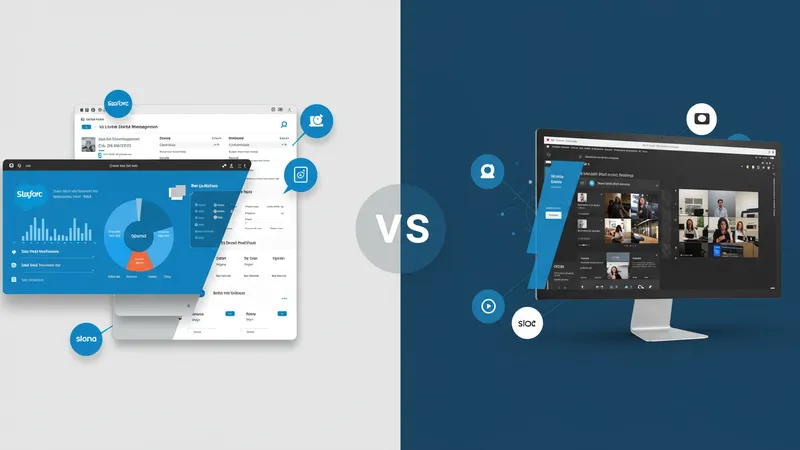
SaaS Solutions For Businesses: Driving Efficiency And Innovation
Comparing Leading SaaS Providers and Their Features
SaaS solutions vary widely in feature sets, making it essential to evaluate platforms based on organizational requirements. Salesforce stands out for CRM functionalities, offering support for lead management, analytics, and customization. Companies relying on detailed customer insights and sales optimization often gravitate towards Salesforce due to its extensive ecosystem of integrations with applications like Asana and Slack.

Collaboration platforms such as Slack and Zoom provide different strengths. While Slack excels at persistent chat channels and deep integrations with other SaaS tools, Zoom offers reliable high-definition video conferencing suited to virtual meetings, webinars, and online training. These differences can influence how teams interact—text-oriented versus face-to-face communication—depending on business culture and operational needs.
When managing business workflows, Trello and Asana offer flexible project management methodologies. Trello uses a visual card-based interface ideal for kanban-style workflows, while Asana supports more detailed task assignment and project tracking. Their integration capabilities allow seamless synchronization with document storage platforms like Dropbox and communication tools like Slack.
Accounting and financial oversight are streamlined by platforms like QuickBooks Online and Shopify. While QuickBooks Online automates invoicing, expense tracking, and reporting, Shopify combines retail management with online payment systems and inventory automation. Both offer robust APIs for third-party connectivity, ensuring financial processes are both controlled and scalable as business demands grow.